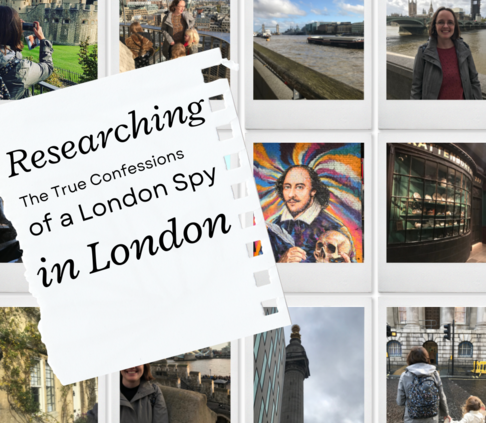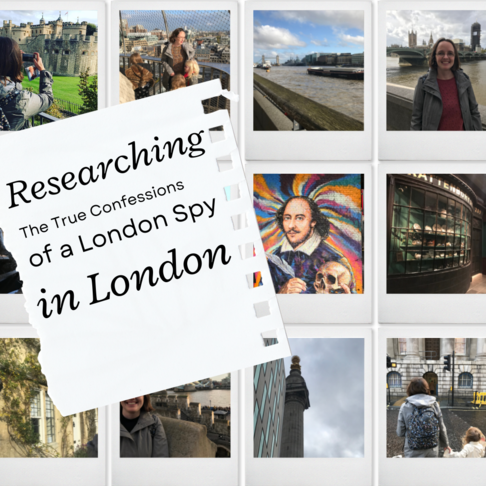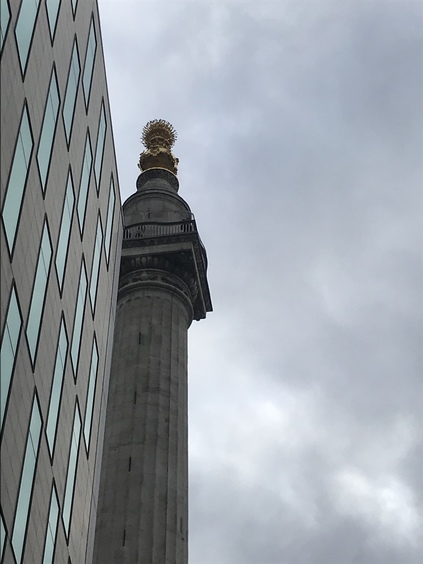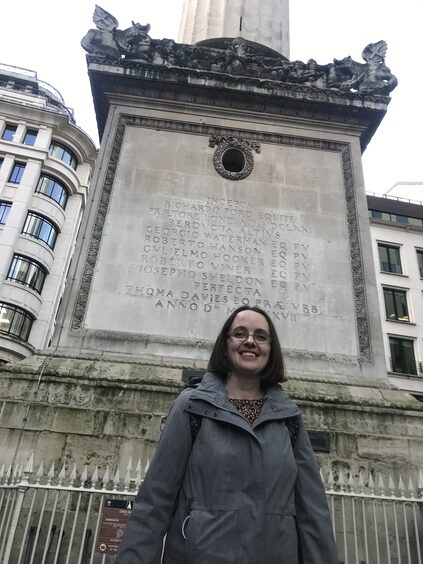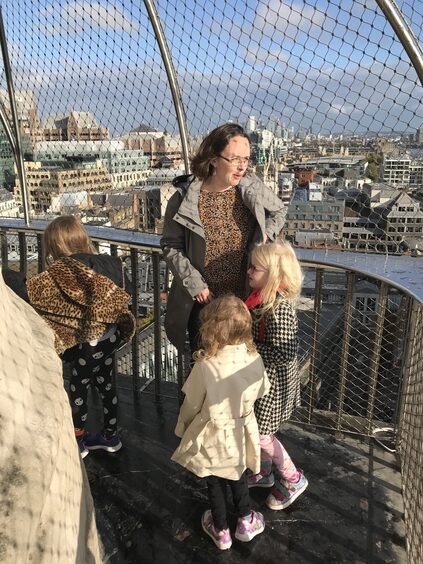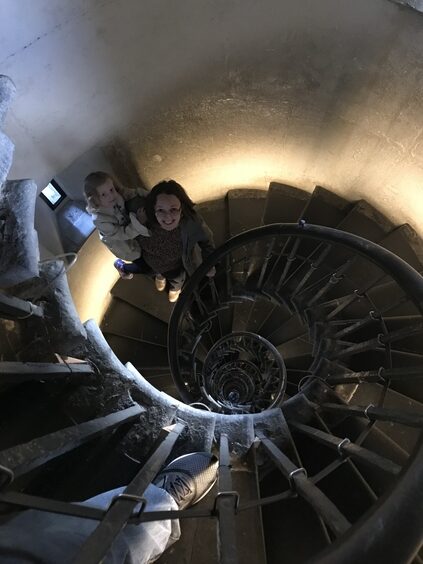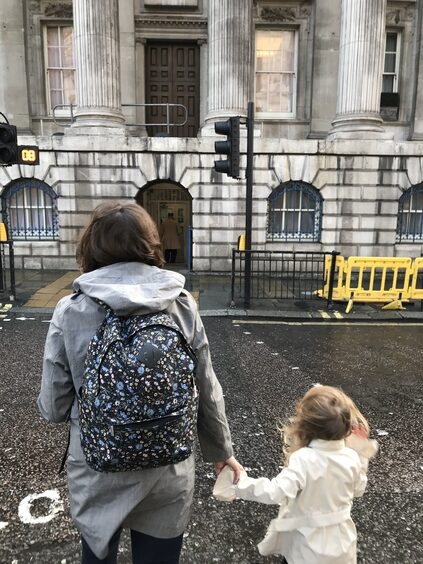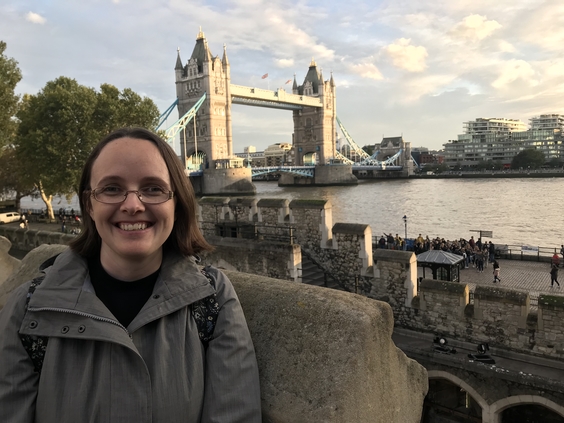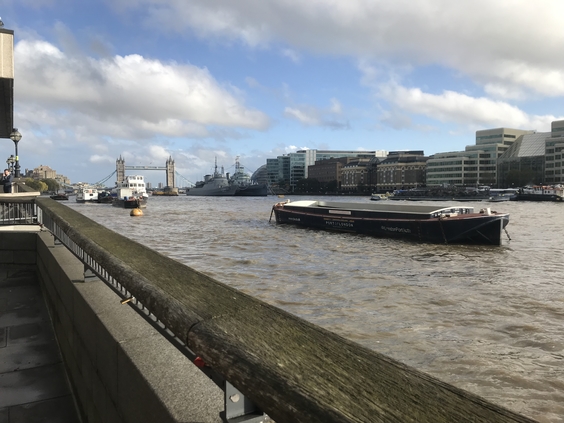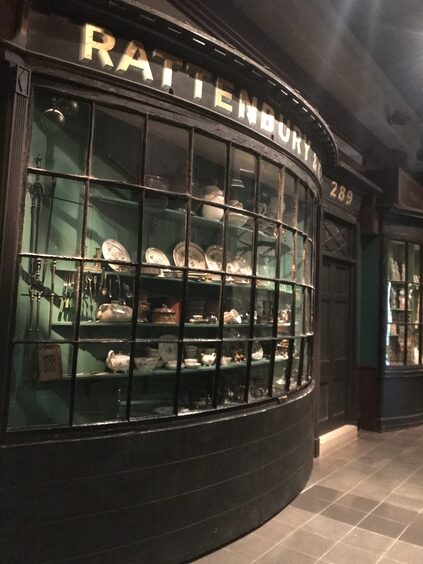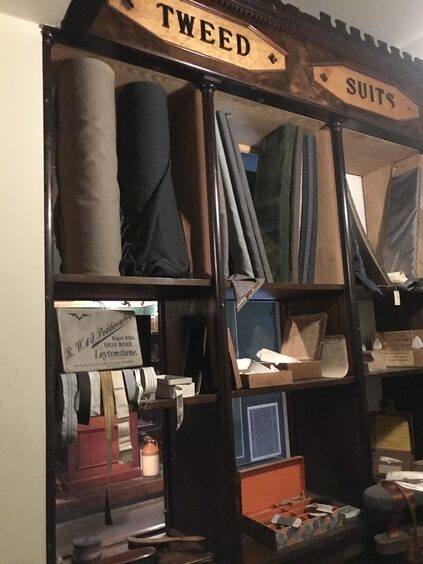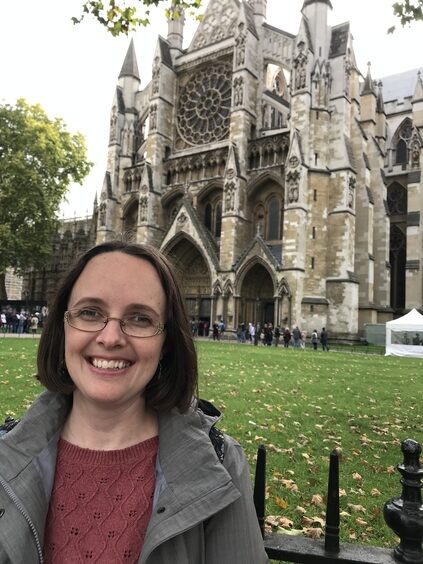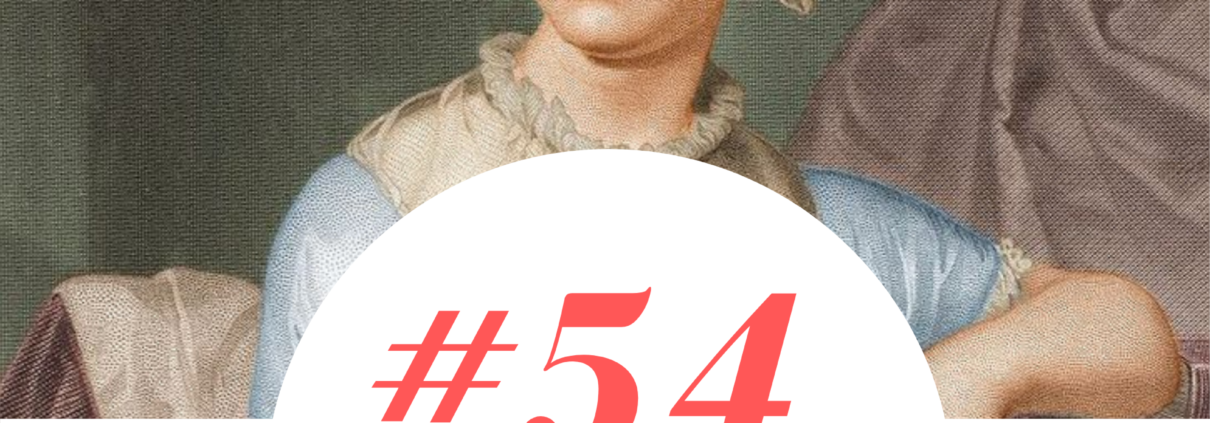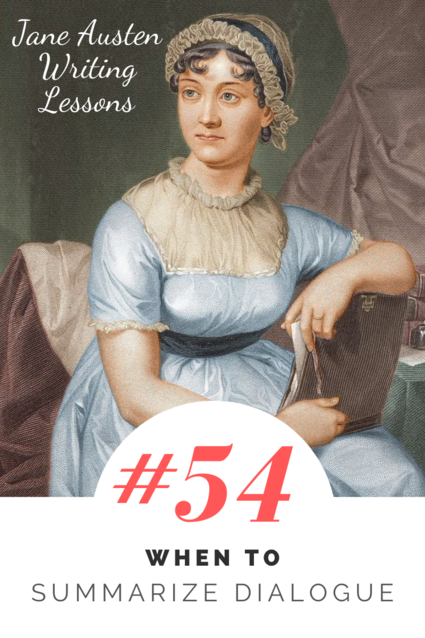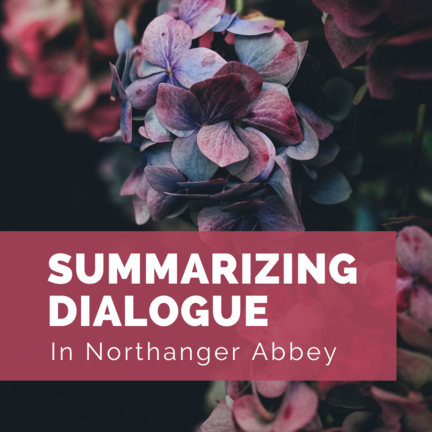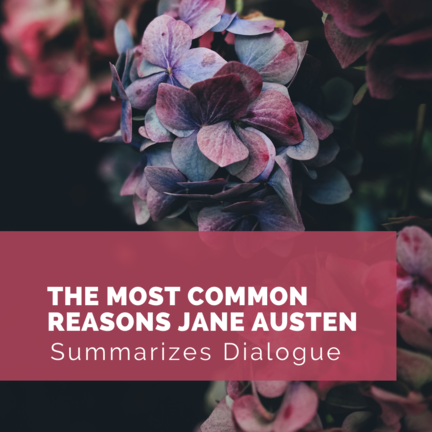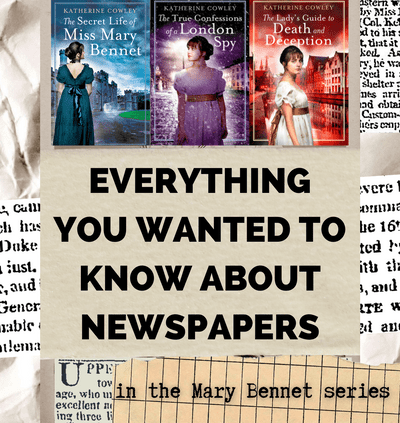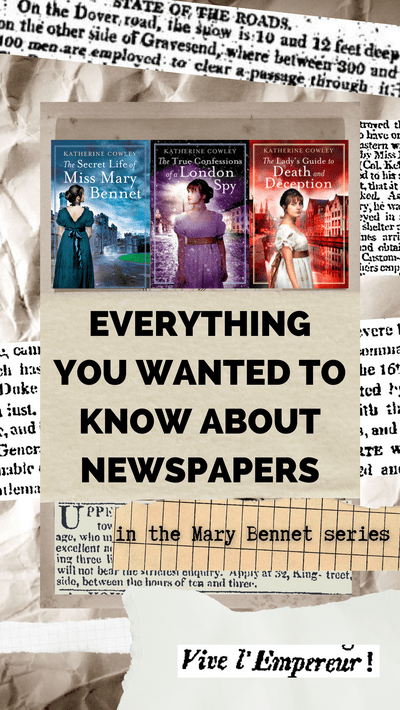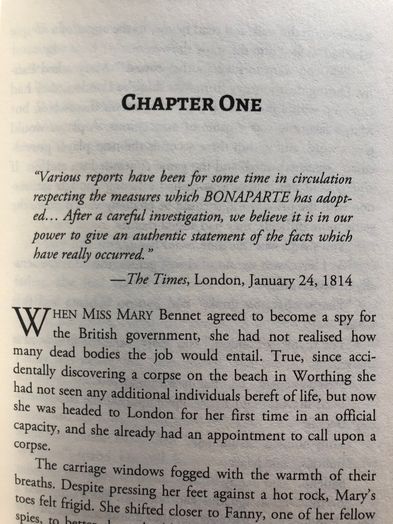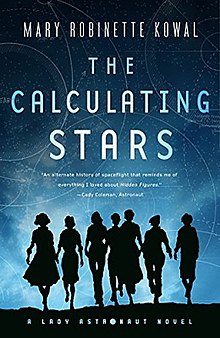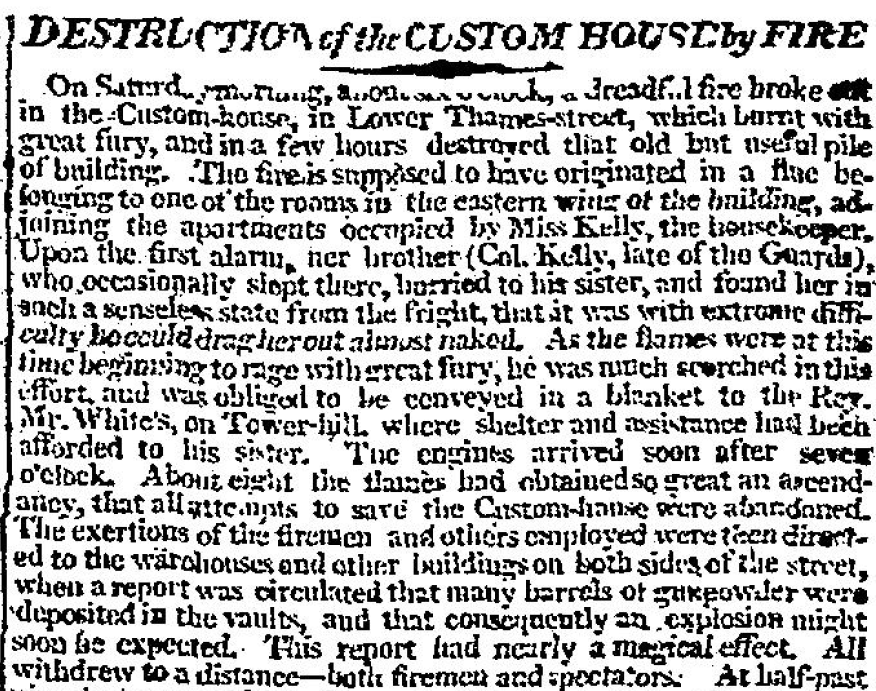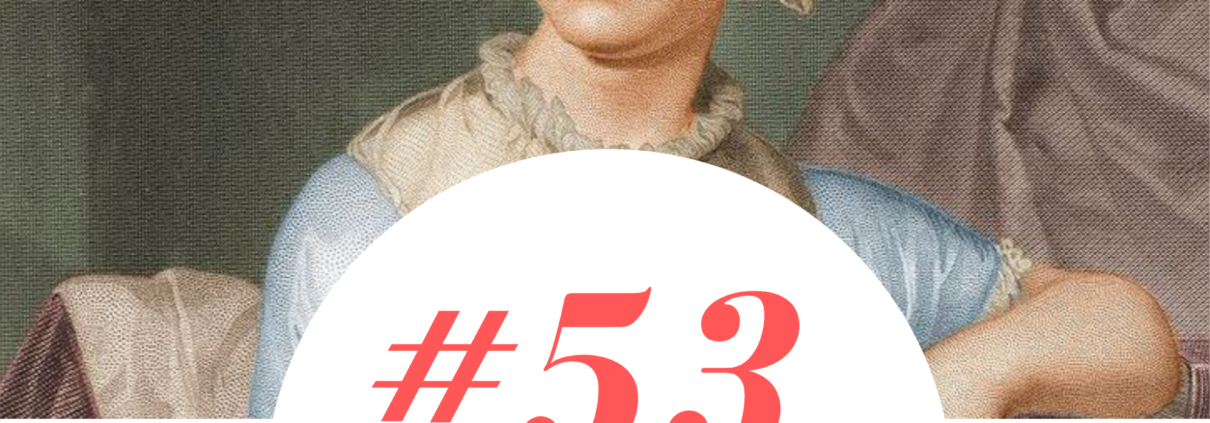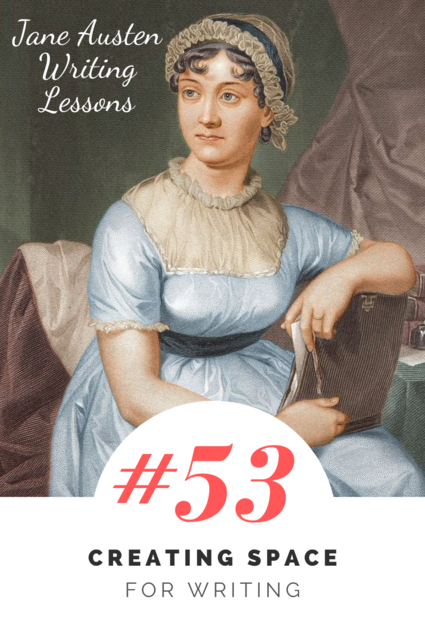Researching The True Confessions of a London Spy in London
One of the best parts of writing The True Confessions of a London Spy was visiting London.
I wrote a somewhat sparse first draft of London Spy during the second half of 2018. And then, in October 2019, I had the opportunity of a lifetime. I got to visit London.
While this was largely a family vacation, I coopted parts of the trip for research. There were places in London that I knew were going to be in the book, and I had to visit those places, as well as museums and historic buildings that I knew would help me with my research. A few months later, as I wrote the second draft of the novel, I ended up needing a few new settings for key scenes. I ended up choosing places that had an impact on me during the London trip.
Exhibit A: The Monument to the Great Fire
Because of all the other buildings, it is difficult to get a good picture of the Monument to the Great Fire.
Me, next to the bottom of the Monument. Picture by one of my children.
Why I Chose The Monument
I knew that the Monument to the Great Fire would be important even before I wrote the first draft of the novel. So much of London—its architecture, its culture, its people—was influenced by the destructive 1666 fire. In 1814, when my book was set, this monument still acted as a symbol to the city—a symbol of what was lost, a symbol of tragedy, a symbol of change.
In the book, I needed Mary to be at a setting that was close the old (now no-longer existent) Customs House, and I chose the Monument because of the symbolism for London, and how this symbolism relates to her own story. I’ll avoid spoilers, but I will say:
Who we are is intrinsically connected to the difficult things that happen to us: these challenges and tragedies become interwoven into the fiber of our being. These moments transform us, and not always in a clear way. It’s not a net good or net bad change. But you can’t go to the past and swoop in and erase what happened, or you would have a completely different city, a completely different person.
Me, at the top of the Monument, contemplating whether Mary Bennet would actually choose to climb the 300+ steps to the top. I considered adding this climb to the second draft, but decided against it.
Descending the steps of the Monument to the Great Fire. Carrying 3-year-olds is a great workout, even when going down.
Exhibit B: Other London Sites
To see the individual captions, click the expand button on one of the photos.
Many of the stereotypical visuals that we associate with London did not exist in 1814: Big Ben, the Tower Bridge, and the Eye. Others did exist–like St. Paul’s Cathedral and the Tower of London–but didn’t end up in the book.
A lot of what was useful was being able to walk through the London streets and experience the flavor of the city. I spent a lot of time walking along the River Thames and picturing what it would have looked like in 1814, covered in ice.
One of my big priorities for the trip was visiting the Museum of London. As you go through the museum, you walk through different eras of London’s history. I may have spent an excess amount of time in the 1600-1900 section. There was clothing, fans, models of houses, and scientific devices. One of the exhibits was a reconstructed section of Victorian streets and shops. While that postdates The True Confessions of a London Spy by a few years, it wasn’t that different than it would’ve been in the Regency period.
Exhibit C: Shakespeare in London
The first draft of the novel was about half the length of the final novel. It had plenty of subplots, but no plot, and it was missing a number of key characters. As such, in the second draft I had to add a plot, a number of characters, and plenty of new chapters and scenes. Which meant that I also had the opportunity to incorporate additional London settings.
One of the things that struck me during our visit to London was how much Shakespeare was part of the fabric of the city.
A Shakespeare mural in London. Picture by my husband, Scott Cowley.
I’ve loved Shakespeare since my junior year of high school, when an amazing English teacher introduced me to Hamlet and we watched Rosencrantz and Guildenstern Are Dead performed live. After my London trip, as I worked on building the character of Alys Knowles, I realized that I wanted Alys to love Shakespeare—this is her defining interest. During her life, Jane Austen read and attended Shakespeare plays, and she makes Shakespearean references in a number of her novels, so I thought it would be fitting.
Even though readers don’t meet the character of Alys Knowles in scene until the end of The True Confessions of a London Spy, Shakespeare became woven throughout the story, a lens through which to perceive relationships and interactions.
As I built up to the scene between Alys Knowles, Mary Bennet, and Fanny Cramer, I realized that I wanted the setting to have a connection to Shakespeare.
I considered placing the scene at Southwark Cathedral—this was the area where Shakespeare had lived, after all, it was near where the Globe had been located, and the cathedral predated Shakespeare by centuries.
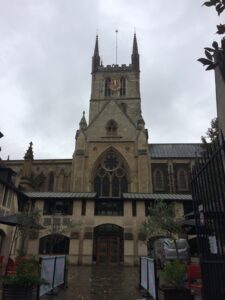
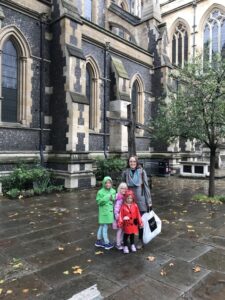
One of my favorite parts of visiting Southwark Cathedral was seeing the stained glass window commemorating Shakespeare, but when I did some research, I realized that the stained glass had been added too late.
However, I liked the idea of using a religious edifice with a Shakespearean connection, because of the sense of immortality that gives. Which made me think of another place I had visited in London: Westminster Abbey.
Westminster Abbey is like walking among a who’s who of famous British dead people, and while Shakespeare was buried in Stratford-upon-Avon, there is a full-life marble statue of him in the Poets’ Corner. I realized that this was the public, safe spot that Alys Knowles would choose for a meeting.
While it is very possible to write a book without visiting the setting, and I have a number of research techniques that I’ve used when visiting a place is not an option, it truly was a remarkable experience to be able to visit London while writing a book set in London. London is one of my favorite cities, and I certainly plan to visit again.

